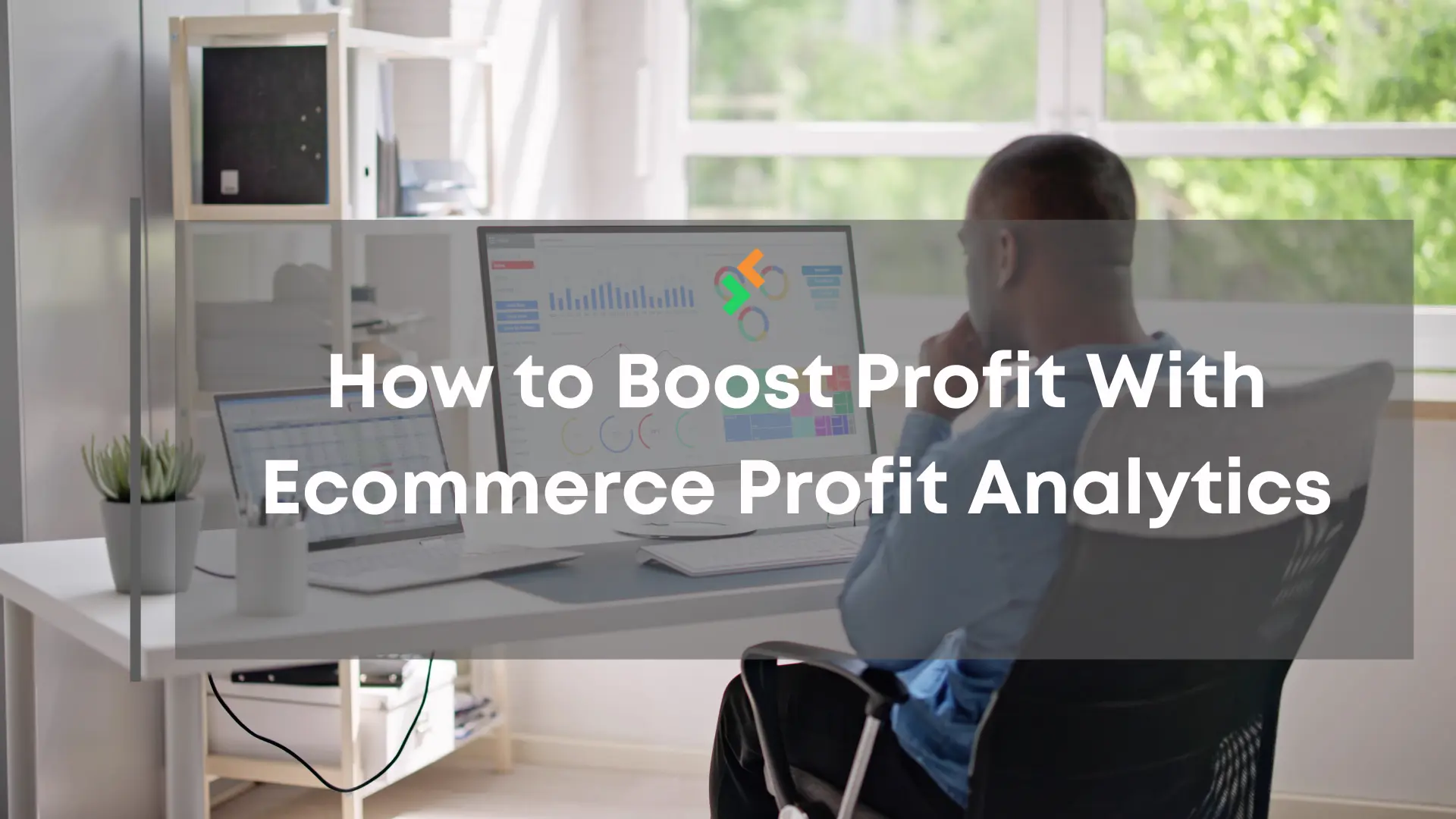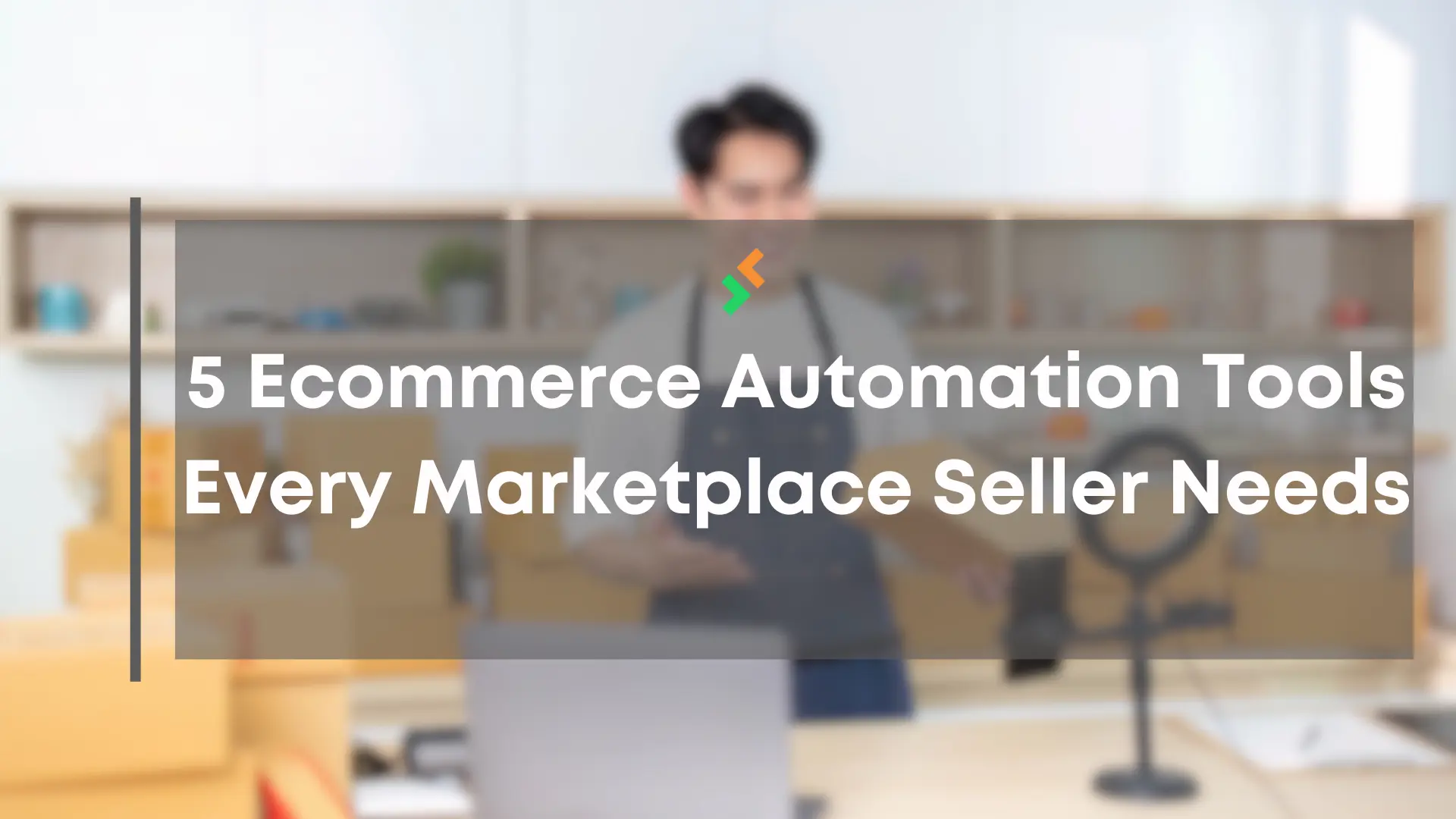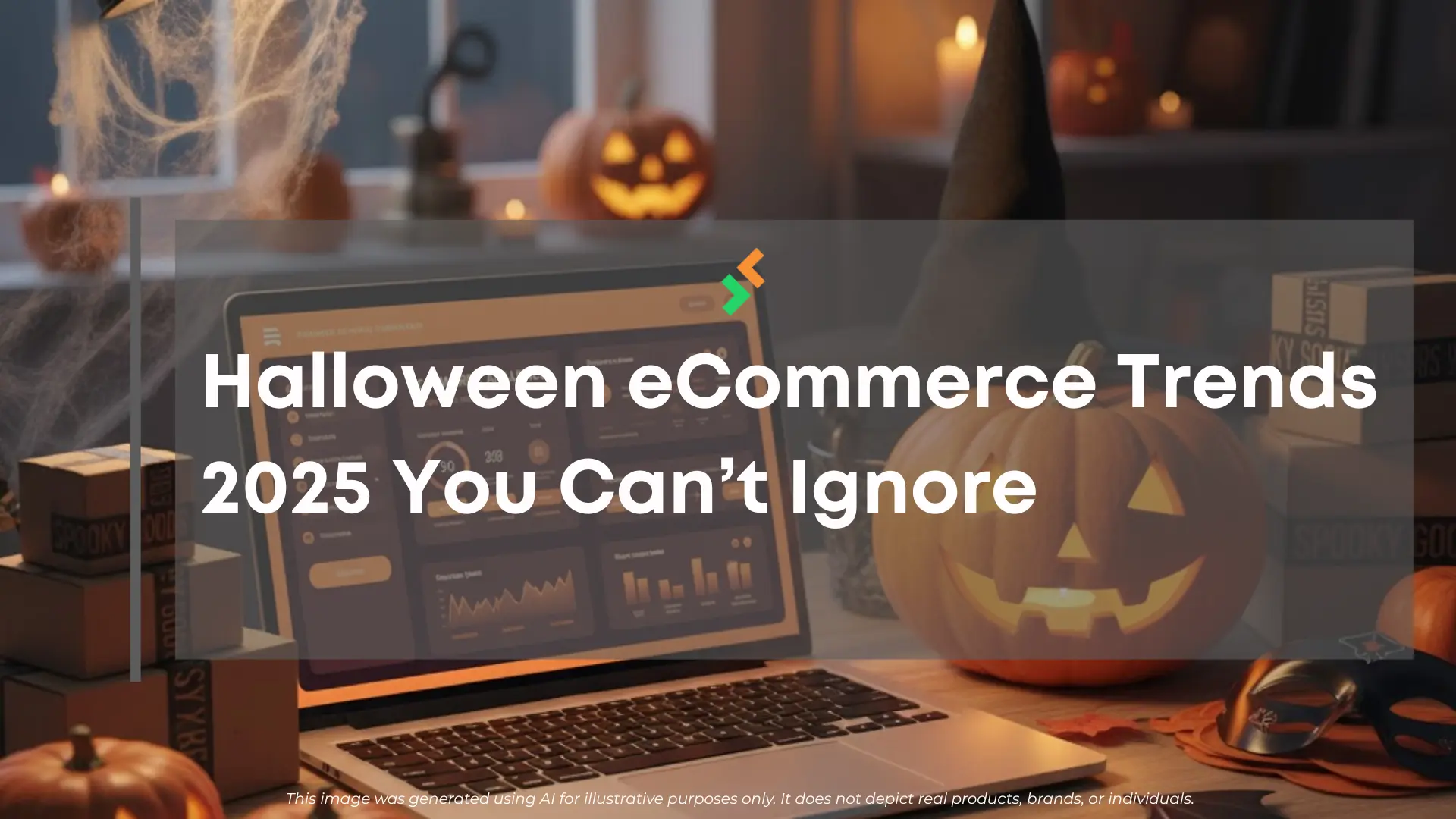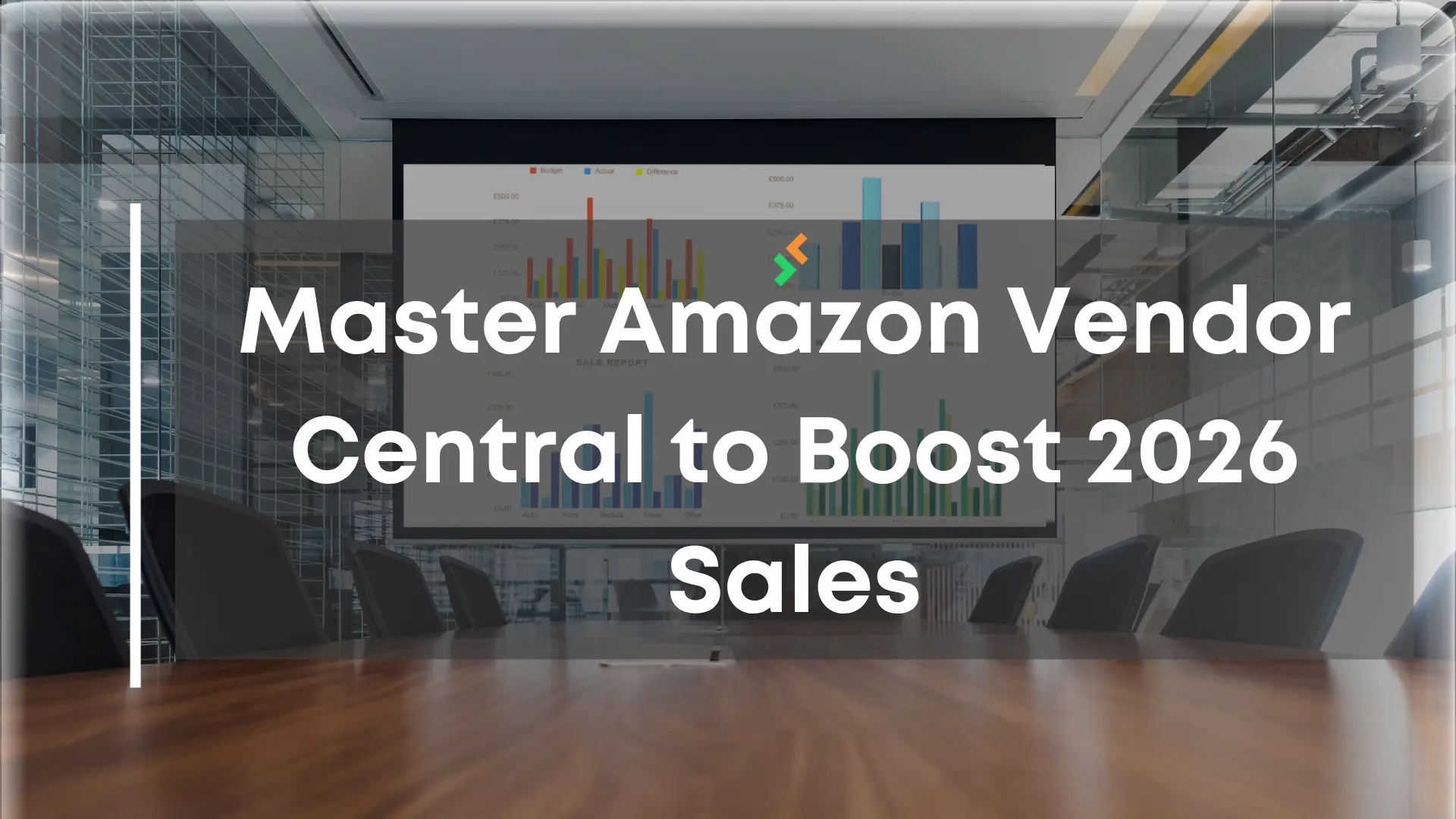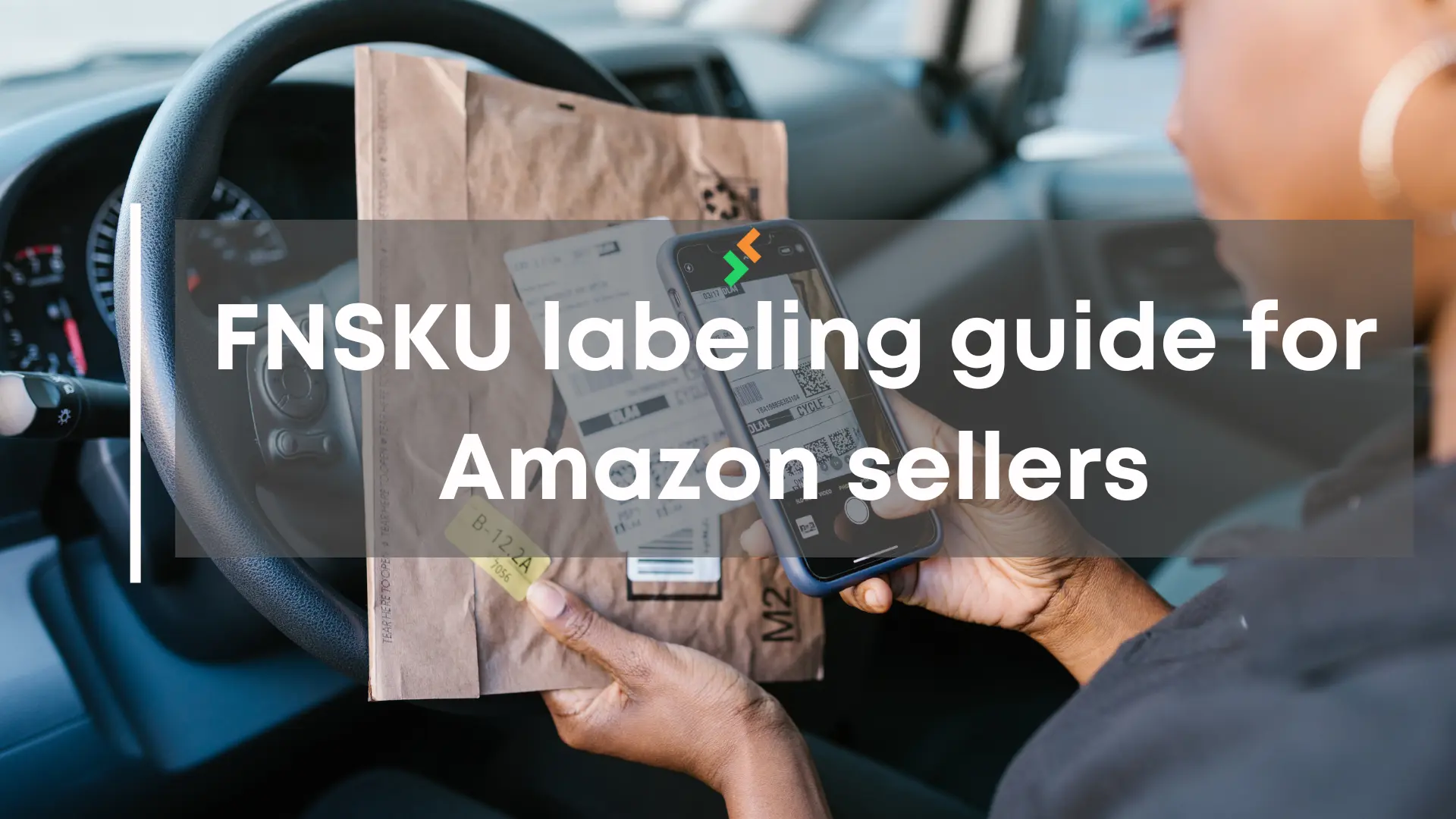
Is one online store enough to capture today’s savvy shoppers?
In reality, probably not. Consumers no longer rely on just one platform when shopping. They browse across Amazon, Walmart, Shopify, Instagram, and niche marketplaces before making a purchase.
This shift has made multichannel e-commerce a necessity for businesses looking to scale. By selling on multiple platforms, brands can expand their reach, boost revenue, and create a more resilient operation.
However, simply listing products on various platforms is not enough. Without a strategic approach, businesses risk inventory issues, inconsistent branding, and lost sales opportunities.
This guide explains how to succeed in multichannel e-commerce, covering key strategies, challenges, and solutions for seamless management.
Table of Contents
Multichannel vs. Omnichannel E-Commerce: Understanding the Difference
The terms multichannel e-commerce and omnichannel e-commerce are often used interchangeably, but they have distinct meanings.
- Multichannel E-Commerce: Selling across multiple independent platforms, such as Amazon, Shopify, and Walmart. Each channel operates separately, requiring individual management.
- Omnichannel E-Commerce: A fully integrated approach where all sales channels work together, providing a seamless customer experience across platforms.
🔗 The Top 6 Marketplaces for E-Commerce Success (A breakdown of the best platforms for selling online.)
For businesses looking to scale, starting with multichannel e-commerce is often the best strategy before transitioning to a more integrated omnichannel approach.
The Benefits of Multichannel E-Commerce
A multichannel strategy provides several advantages that contribute to long-term success.
- Wider Customer Reach – Customers shop on different platforms. Being present on multiple marketplaces ensures visibility where they already browse.
- Diversified Revenue Streams – Relying on a single sales channel is risky. If one platform experiences a slowdown, others can compensate for the loss.
- Stronger Competitive Edge – Competitors leveraging multiple sales channels are likely reaching more customers. A well-executed multichannel approach ensures businesses remain competitive.
- Enhanced Brand Awareness – A presence across multiple platforms increases brand visibility and recognition, reinforcing trust with potential customers.
- Valuable Customer Insights – Multichannel selling generates data from various sources, helping businesses understand customer behavior and optimize marketing strategies.
🔗 How Shopify Can Help You Become the Next E-Commerce Giant (Learn how to maximize brand control with Shopify.)
Six Strategies for Multichannel E-Commerce Success
1. Selecting the Right Sales Channels

Not every sales platform is suitable for every business. Choosing the right channels is critical for maximizing success.
- Identify Target Audience Preferences – Different platforms attract different demographics. Research customer shopping behaviors to determine where they are most active.
- Consider Product Type – Some platforms cater to specific niches. Handmade goods thrive on Etsy, while consumer electronics perform well on Amazon.
- Balance Between Large and Niche Marketplaces – Selling on major marketplaces like Walmart and Amazon provides broad exposure, while niche platforms help capture targeted audiences.
🔗 Take Your E-Commerce Business Global with CrazyVendor (A step-by-step guide to expanding internationally.)
2. Maintaining Brand Consistency
Brand recognition plays a vital role in consumer trust. Inconsistent branding across multiple platforms can create confusion and weaken credibility.
- Use Consistent Messaging and Visuals – Product descriptions, logos, and tone of voice should be uniform across all channels.
- Leverage Branding Tools – Platforms like Brandfolder and Bynder help maintain a cohesive brand presence.
- Adapt Listings for Each Platform – While consistency is key, slight optimizations per platform may be necessary for better engagement.
🔗 10 Blog Layout Best Practices for 2025 (Discover how a well-structured website boosts conversions.)
3. Centralizing Inventory Management
Managing inventory across multiple sales channels can quickly become chaotic. Without proper coordination, businesses risk overselling, stockouts, or fulfillment delays.
- Implement an Inventory Management System – Automating stock tracking ensures real-time updates and prevents overselling.
- Set Automated Restocking Alerts – Notifications for low inventory help maintain adequate stock levels.
- Analyze Sales Trends – Understanding demand fluctuations ensures better forecasting and purchasing decisions.
🔗 Mastering Warehouse Stock Control for Business Success (Optimize inventory operations for maximum efficiency.)
4. Streamlining Order Fulfillment and Shipping
Reliable order fulfillment is essential for customer satisfaction. Delays or shipping errors lead to negative reviews and lost repeat business.
- Use Fulfillment Services – Walmart WFS, Amazon FBA, or third-party logistics providers streamline shipping and improve efficiency.
- Offer Multiple Shipping Options – Customers value flexibility. Providing various delivery choices enhances the buying experience.
- Optimize Return Policies – A seamless return process builds trust and encourages repeat purchases.
🔗 Balancing Free Return Shipping and Profitability (How to offer returns without hurting the bottom line.)
5. Automating Customer Service Across Channels
Customer inquiries, complaints, and order issues occur across all platforms. Efficient communication is necessary to maintain strong customer relationships.
- Use AI Chatbots and Automated Messaging – Reducing response times improves customer satisfaction.
- Sync Customer Support Across Platforms – A centralized CRM system helps track customer interactions efficiently.
- Provide Fast Resolutions – Prompt responses and issue resolution prevent negative feedback from impacting brand reputation.
🔗 3 Customer Support Hacks to Take Your Business to the Next Level (Strategies for enhancing customer service efficiency.)
6. Leveraging Data Analytics for Optimization
Data-driven decision-making is essential for maximizing profitability and long-term success.
- Monitor Sales Performance on Each Platform – Identifying best-selling products helps businesses refine inventory and marketing strategies.
- Adjust Pricing Based on Market Trends – Competitive pricing strategies ensure consistent conversions.
- Use Customer Behavior Insights – Personalized marketing campaigns improve customer retention and boost sales.
🔗 How to Use Data Analytics to Boost Your E-Commerce Sales (Discover the power of data-driven decision-making.)
Why CrazyVendor is the Ultimate Multichannel E-Commerce Solution
Managing multiple sales channels manually can be overwhelming. CrazyVendor simplifies multichannel operations with automation, efficiency, and real-time insights.
- Real-Time Inventory Syncing – Prevents stock discrepancies and overselling.
- Automated Order Management – Processes orders from multiple platforms in a centralized dashboard.
- Seamless Marketplace Integrations – Compatible with Amazon, Walmart, Shopify, and more.
- AI-Driven Sales Insights – Provides data-backed strategies for optimizing revenue.
🔗 Get Started with CrazyVendor (Streamline operations and scale efficiently.)
Final Thoughts: The Future of Multichannel E-Commerce
The e-commerce landscape is evolving, and businesses that fail to adapt risk falling behind. Implementing a multichannel e-commerce strategy allows brands to:
- Expand customer reach by selling across multiple platforms.
- Increase revenue streams with diversified sales channels.
- Enhance brand recognition through consistent marketing and engagement.
- Improve operational efficiency with automation and centralized management.
With the right strategies and tools in place, scaling a multichannel e-commerce business is more achievable than ever.
Explore CrazyVendor’s Multichannel Solutions (Simplify, automate, and grow your business.)
You can also follow us on social media for more eCommerce insights and updates!

